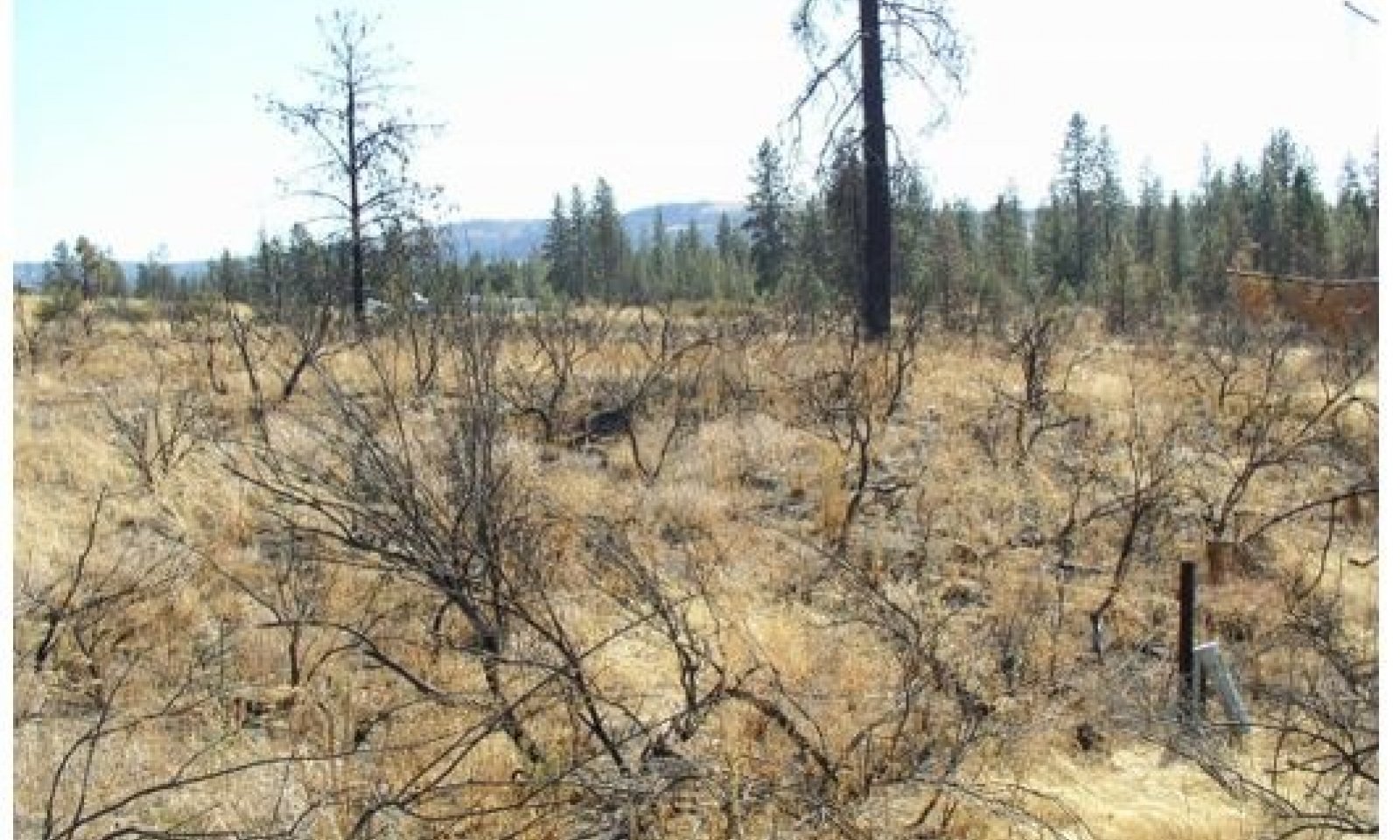

Natural Resources
Conservation Service
Ecological site F009XY003WA
Warm Dry Ridges Hills and Canyons Ponderosa Pine Dry Shrub and Grass
Last updated: 4/01/2025
Accessed: 04/02/2025
General information
Provisional. A provisional ecological site description has undergone quality control and quality assurance review. It contains a working state and transition model and enough information to identify the ecological site.
MLRA notes
Major Land Resource Area (MLRA): 009X–Palouse and Nez Perce Prairies
Almost all of MLRA 9 lies within the Walla Walla Plateau Section of the Columbia Plateaus Province of the Intermontane Plateaus. The area is characterized by an undulating basalt plateau that has been highly dissected. The major streams have cut deep, steep-walled canyons. The plateau is nearly level to steeply sloping, and its surface is moderately dissected or strongly dissected. Slopes are mostly hilly and steep. Some areas in the southeastern portion of this MLRA are in the Blue Mountain Section of the Columbia Plateaus Province. Small areas on the eastern edge of the area are in the Northern Rocky Mountains Province of the Rocky Mountain System.
Classification relationships
Major land resource area (MLRA): 9 - Palouse & Nez Perce Prairie
LRU – Common Resource Areas (CRA):
9.1 - Channeled Scablands
9.3 - Dissected Loess Uplands
9.5 - Warm Canyons and Dissected Uplands
Relationship to Other Established Classifications:
United States National Vegetation Classification (2008) – A3446 Ponderosa Pine/Shrub Understory Central Rocky Mt. Forest & Woodland Alliance. PIPO/PUTR/FEID is identified as Association CEGL000195, and PIPO/PUTR/PSSP is CEGL000197.
Description of Ecoregions of the United States, USFS PN # 1391, 1995 - M332 Middle Rocky Mountain Steppe– Coniferous Forest –Alpine Meadow Province
USDA NRCS WA Common Resource Areas. CRA 9.3 (Dissected Loess Uplands) and 9.5 (Warm Canyons and Dissected Uplands.)
Level III Ecoregions of WA, US EPA, June 2010 – 10. Columbia Plateau, and 11. Blue Mountains.
This ecological site includes the following USDA Forest Service Plant Associations: PIPO/PUTR/PSSP. (Lillybridge et. al. 1995) and PIPO/PUTR/FEID (Steele et. al, 1981)
Ecological site concept
The Warm Dry Ridges Hills and Canyons, Ponderosa Pine Dry Shrub and Grass ecological site (ES) is found in Lincoln, Whitman, Columbia and Walla-Walla Counties. It consists of Ponderosa Pine (Pinus ponderosa)/Antelope bitterbrush (Purshia tridentate)/ Idaho fescue (Festuca idahoensis) plant association (PIPO/PUTR/FEID), along with the Ponderosa Pine/Antelope bitterbrush (Purshia tridentate)/bluebunch wheatgrass (Pseudoroegneria spicata) plant association (PIPO/PUTR/PSSP)
Associated sites
| F009XY002WA |
Mesic Xeric Loamy Hills Ponderosa Pine Warm Dry Grass |
|---|---|
| F009XY001WA |
Mesic Xeric Loamy Hills and Canyons Ponderosa Pine Moderately Warm Dry Shrub |
Similar sites
| F009XY002WA |
Mesic Xeric Loamy Hills Ponderosa Pine Warm Dry Grass |
|---|---|
| F009XY001WA |
Mesic Xeric Loamy Hills and Canyons Ponderosa Pine Moderately Warm Dry Shrub |

Figure 1.
Table 1. Dominant plant species
| Tree |
(1) Pinus ponderosa |
|---|---|
| Shrub |
(1) Purshia tridentata |
| Herbaceous |
Not specified |
Click on box and path labels to scroll to the respective text.
Ecosystem states
| T1A | - | Natural fire regime interval stopped through fire prevention |
|---|---|---|
| T1B | - | Introduced non-native grasses invade site over the years of human habitation. |
| T1C | - | Site converted to other land uses. |
| R2A | - | Heavy overstory thinning and understory burning |
| R3A | - | Site preparation and reseeding with native vegetation followed by grazing protection. |
| R4A | - | Site preparation, tree planting and maintenance. |
State 1 submodel, plant communities
| 1.1A | - | Fire interval extended 20 or more years |
|---|---|---|
| 1.2B | - | Ground fires reoccur killing shrubs and most of pine seedlings/saplings |
| 1.2A | - | Reestablished pine regeneration form dense clumps in between dense bitterbrush cover in openings. |
| 1.3A | - | Severe fire |
| 1.4A | - | Time. Reoccurring ground fires every 7 to10 years |
| 1.4B | - | Time, fire interval increased |
